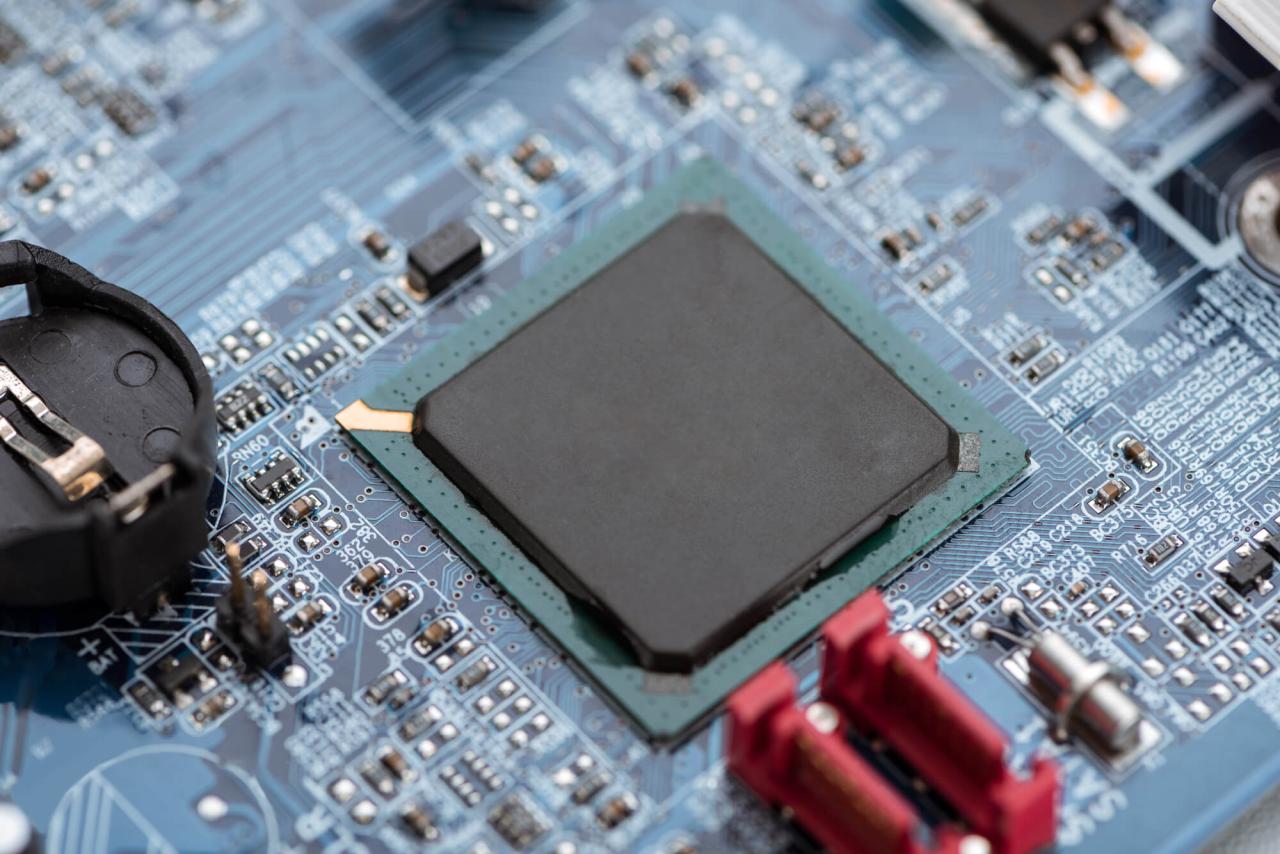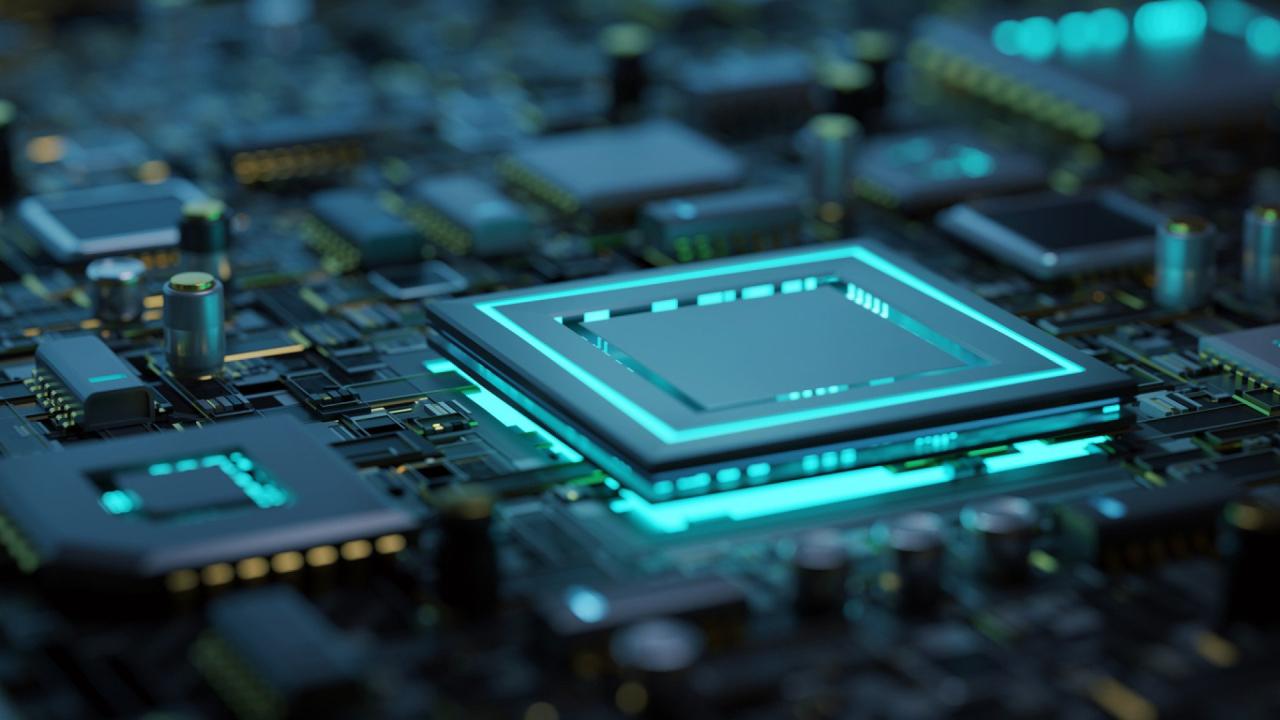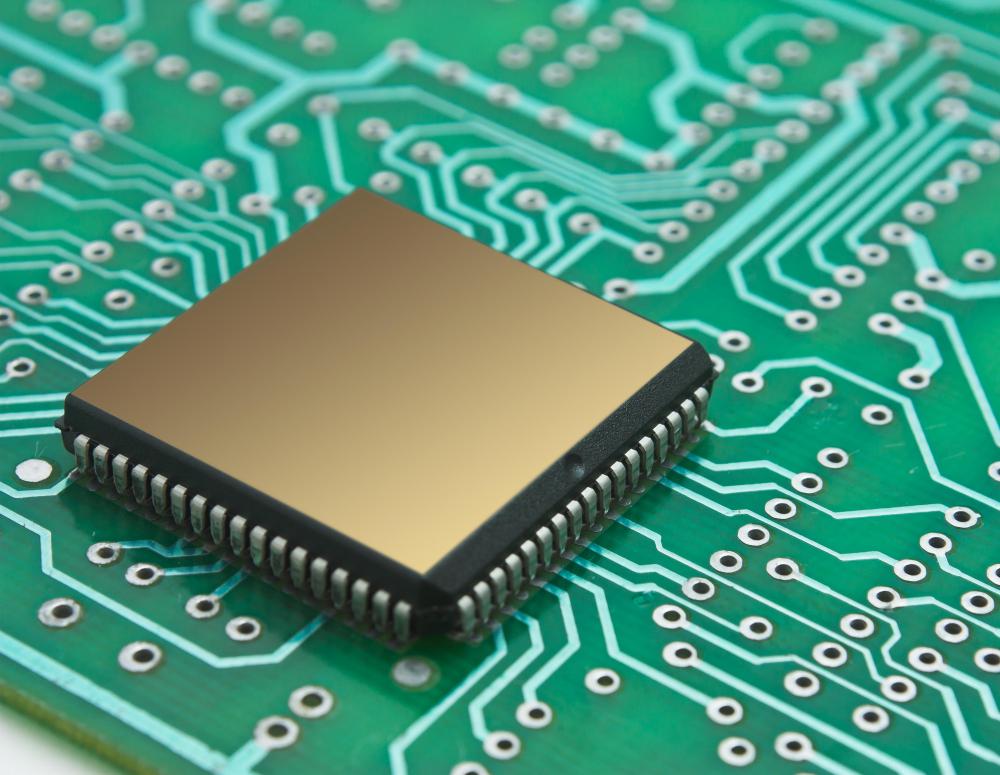Chip iPhone sets the stage for this enthralling narrative, offering readers a glimpse into a story that is rich in detail and brimming with originality from the outset. The technology behind iPhone chips has evolved dramatically, incorporating advanced architecture and manufacturing processes that enhance performance and functionality. Each generation of chips not only pushes the boundaries of what smartphones can do but also significantly impacts user experience, making everyday tasks smoother and more efficient.
The Technology Behind iPhone Chips
The evolution of iPhone chips has been a cornerstone of Apple’s success, allowing the company to push boundaries and innovate continuously. The latest chips exemplify cutting-edge technology and advanced manufacturing processes, resulting in impressive performance, efficiency, and integration of various components, setting new standards in the smartphone industry.
The architecture of the latest iPhone chips, particularly the A-series, is designed around a system-on-a-chip (SoC) framework. This allows for a compact design that integrates multiple functions into a single chip, vastly improving efficiency and performance. The most recent iteration, the A17 Pro chip, utilizes a 3nm process technology, which significantly enhances transistor density, power efficiency, and performance capabilities. This chip architecture comprises several key elements, including CPU cores, GPU cores, a Neural Engine, and various controllers, all working together seamlessly.
Architecture of the Latest iPhone Chips
The architecture of Apple’s latest chips represents a sophisticated blend of performance and efficiency. Key components of this architecture include:
- CPU Cores: The chip incorporates high-performance cores and high-efficiency cores, utilizing a big.LITTLE architecture that ensures optimal processing power while conserving battery life.
- GPU: The graphics processing unit is designed to handle advanced graphics and augmented reality applications, offering a significant boost in frame rates and rendering capabilities.
- Neural Engine: This specialized processing unit accelerates machine learning tasks, enabling features such as real-time image processing and intelligent personal assistant functions.
- Unified Memory Architecture: This innovation allows all components to access shared memory, improving data transfer speeds and overall performance.
Manufacturing Process of iPhone Chips, Chip iphone
The manufacturing process of iPhone chips involves several intricate steps, beginning with the design phase and moving through to fabrication. Apple collaborates with leading semiconductor manufacturers, primarily TSMC, to produce these advanced chips.
The key steps in the manufacturing process are as follows:
- Design: Utilizing sophisticated design software, engineers create detailed schematics of the chip layout, optimizing for both performance and efficiency.
- Wafer Fabrication: The actual chip creation occurs on silicon wafers, where millions of transistors are integrated using photolithography techniques.
- Testing: Each chip undergoes rigorous testing to ensure functionality and performance standards are met before packaging.
- Packaging: The chips are then packaged in a protective casing, ready for inclusion in iPhones, ensuring durability and reliable performance.
Components Integrated into iPhone Chips
Apple’s iPhone chips integrate a variety of components that enhance their functionality and performance capabilities. The integration of these components allows the chips to handle various tasks efficiently.
Key components include:
- Signal Processors: Responsible for managing communication signals, ensuring seamless connectivity for calls, data, and Wi-Fi.
- Image Signal Processors (ISP): These components enhance photo and video quality by processing images captured by the camera in real-time.
- Secure Enclave: A dedicated security processor that encrypts sensitive data, ensuring user privacy and security.
- Power Management IC: This component optimizes battery usage, extending battery life by managing power distribution across the chip.
The integration of advanced components within the chip architecture allows Apple to maintain its competitive edge in the smartphone market.
Performance Comparisons of iPhone Chips

The evolution of iPhone chips has been a cornerstone of Apple’s mobile technology, driving performance enhancements that set new standards in the industry. Each subsequent generation of chips not only improves processing power but also enhances graphics performance and power efficiency, making iPhones more capable and energy-efficient. This comparison of various iPhone chip generations illustrates the remarkable advancements and the metrics that underpin their performance.
Performance Metrics Across Generations
To effectively gauge the capabilities of different iPhone chips, we explore performance metrics such as processing speeds, graphics capabilities, and power efficiency. The following table encapsulates the benchmarks of several key iPhone chip generations.
| Chip Generation | Processing Speed (GHz) | Graphics Performance (GFlops) | Power Efficiency (mW/GHz) |
|---|---|---|---|
| A11 Bionic | 2.39 | 600 | 50 |
| A12 Bionic | 2.5 | 700 | 40 |
| A13 Bionic | 2.65 | 800 | 30 |
| A14 Bionic | 3.1 | 1200 | 25 |
| A15 Bionic | 3.23 | 1500 | 20 |
The table above demonstrates the significant advancements from the A11 Bionic chip to the A15 Bionic chip. Notably, the A14 and A15 chips exhibit higher processing speeds and graphics performance, while simultaneously improving power efficiency—a critical factor for mobile devices that rely on battery life.
The A15 Bionic chip, with its 3.23 GHz clock speed and 1500 GFlops graphics performance, represents a remarkable leap in processing capabilities that enhances gaming and computational tasks.
The benchmarks not only highlight the raw power of these chips but also reflect improvements in architecture and silicon technology, such as 5nm process technology introduced with the A14 Bionic chip, which allows for more transistors in the same space, leading to better performance and efficiency. These advancements play a crucial role in real-world applications, from demanding games to AI-driven tasks, thereby solidifying Apple’s position as a leader in mobile technology.
Impact of iPhone Chips on User Experience

The advancements in iPhone chip technology play a pivotal role in shaping the overall user experience. With each iteration, Apple has focused on enhancing the performance, efficiency, and capabilities of their devices, resulting in a more seamless interaction for users. The latest chips not only empower iPhones with faster processing speeds, but they also introduce a range of features that significantly improve everyday tasks and functionalities.
Battery Life Improvements
One of the most noticeable benefits from the advancements in iPhone chip technology is the improvement in battery life. Newer chips, such as the A15 Bionic, are designed with efficiency in mind, allowing for longer usage times without the need for frequent recharging. This is achieved through a combination of factors:
- Energy-efficient architecture: The latest chips utilize a 5-nanometer process technology, which not only enhances performance but also reduces power consumption.
- Adaptive power management: Intelligent algorithms within the chip can dynamically manage power usage based on the tasks being performed, ensuring that resources are allocated efficiently.
- Integrated components: By combining multiple functionalities, such as graphics processing and machine learning capabilities, into a single chip, Apple minimizes energy waste and maximizes battery efficiency.
Enhanced App Performance and Multitasking
The capabilities of iPhone chips greatly enhance app performance and multitasking abilities, allowing users to run multiple applications smoothly. The architecture of these chips facilitates a more responsive experience, which is critical in today’s fast-paced digital environment:
- Increased CPU and GPU power: The latest iPhone chips feature powerful CPUs and GPUs that perform complex calculations and graphics rendering at incredible speeds, resulting in smoother animations and quicker load times.
- Improved memory bandwidth: Enhanced memory performance allows for faster data access, which translates to seamless transitions between apps and reduced lag during multitasking.
- Optimized app development: Developers can leverage the advanced capabilities of the chips to create more sophisticated applications that utilize machine learning and augmented reality, enriching the overall user experience.
Machine Learning Capabilities
The integration of machine learning capabilities into iPhone chips has transformed the way users interact with their devices. The latest chip technology enables features that were once considered futuristic, making everyday tasks easier and more intuitive:
- On-device processing: Tasks such as image recognition, voice processing, and personalized recommendations can be performed directly on the device, enhancing privacy and reducing latency.
- Real-time data analysis: Machine learning algorithms can analyze user behavior and adapt the device’s responses accordingly, offering personalized experiences that evolve over time.
- Enhanced camera functionalities: Features like Night mode, Smart HDR, and improved portrait effects rely heavily on machine learning to deliver professional-grade photos with minimal user effort.
“With the integration of machine learning, iPhones are not just smart devices; they are learning companions that understand user preferences and behaviors.”
Future Trends in iPhone Chip Development

As technology continues to evolve at a rapid pace, the future of iPhone chip development looks promising. Innovations on the horizon are expected to not only enhance performance but also redefine the user experience. Apple continuously pushes the boundaries of what’s possible in mobile technology, and upcoming iPhone chips are set to incorporate advanced features that reflect this ethos.
The advancements in chip technology are guided by the relentless pursuit of efficiency, speed, and integration of new functionalities. With the introduction of new manufacturing processes, materials, and architectures, future chips will likely harness the power of AI, machine learning, and enhanced energy efficiency, paving the way for groundbreaking features in the next generation of iPhones.
Potential Innovations in Upcoming iPhone Chips
Future iPhone chips are expected to incorporate several key innovations that will fundamentally enhance performance and efficiency. These potential advancements include:
- 3nm Process Technology: The transition to a 3nm fabrication process is anticipated to improve power efficiency and performance. This will allow for more transistors on a chip, enhancing computational capabilities without significant increases in power consumption.
- AI and Machine Learning Integration: Future chips will likely integrate dedicated neural processing units to enhance AI capabilities. This will improve features like image processing, natural language processing, and overall device responsiveness.
- Enhanced Graphics Performance: With the rise of demanding applications, upcoming chips are expected to support advanced graphics technologies, improving gaming experiences and visual rendering.
- 5G Enhancements: As 5G technology continues to expand, future iPhone chips will be designed to maximize connectivity speeds and efficiency, providing seamless online experiences.
- Increased Energy Efficiency: Innovations in energy management will ensure that devices last longer on a single charge, a crucial factor for users reliant on their smartphones for extended periods.
Historical Developments and Future Predictions in Chip Technology
The evolution of iPhone chips has been marked by significant milestones that have set the stage for future advancements. A timeline of key developments highlights both past achievements and future predictions:
| Year | Development |
|---|---|
| 2010 | Introduction of the A4 chip, marking Apple’s entry into in-house chip design for the iPhone. |
| 2013 | Launch of the A7 chip, the first 64-bit processor in a smartphone, enhancing performance and capabilities. |
| 2017 | Unveiling of the A11 Bionic chip, which integrated machine learning capabilities and improved graphics performance. |
| 2020 | Release of the A14 Bionic chip, built on a 5nm process, enhancing efficiency and performance. |
| 2022 | Introduction of the A16 Bionic chip, featuring advanced thermal management and improved speed for graphics-intensive tasks. |
| 2023 and Beyond | Predictions suggest the arrival of the A17 chip, adopting 3nm technology and further integrating AI-driven features. |
Influence of Emerging Technologies on Chip Design and Functionality
Emerging technologies are poised to significantly influence the design and functionality of future iPhone chips. Key factors shaping this evolution include:
- Quantum Computing: As quantum computing technologies mature, the principles behind quantum mechanics may lead to entirely new architectures that could revolutionize processing capabilities.
- Advanced Materials: The use of materials such as graphene or carbon nanotubes could enhance chip performance and thermal management, allowing devices to run faster and cooler.
- Internet of Things (IoT) Integration: Future chips may be designed with IoT functionalities in mind, making devices more interconnected and capable of seamless communication.
- Augmented Reality (AR) and Virtual Reality (VR): The push towards AR and VR applications will necessitate chips designed specifically for high-performance graphics and immersive experiences.
“As technology progresses, the integration of AI and advanced materials will redefine the capabilities of mobile chips, driving innovation to unprecedented levels.”
Common Queries: Chip Iphone
What is the latest chip used in iPhones?
The latest chip used in iPhones is the A17 Bionic, known for its advanced performance and energy efficiency.
How do iPhone chips improve battery life?
iPhone chips enhance battery life through optimized power management and energy-efficient architectures that reduce overall consumption.
What is the significance of machine learning in iPhone chips?
Machine learning capabilities in iPhone chips enable smarter app functionalities, improved photography, and real-time processing of data.
Are iPhone chips compatible with older models?
No, each new chip is specifically designed for the latest iPhone models and is not backward compatible with older generations.
What trends can we expect in future iPhone chips?
Future iPhone chips are expected to feature enhanced AI capabilities, improved processing speeds, and better integration with emerging technologies like 5G and augmented reality.
The Samsung S 9 Plus stands out with its superior camera capabilities and sleek design, making it a favorite among smartphone enthusiasts. With features like a stunning display and powerful performance, this device easily meets the needs of users who crave both functionality and style.
For those looking for a reliable smartphone experience, the Galaxy S 7 offers a blend of classic features and modern performance. Its water-resistant design, coupled with a vibrant screen, makes it a solid choice for anyone seeking durability without sacrificing aesthetics.